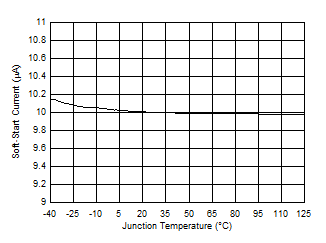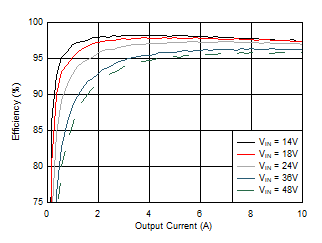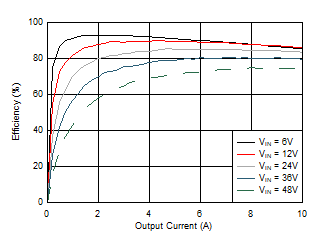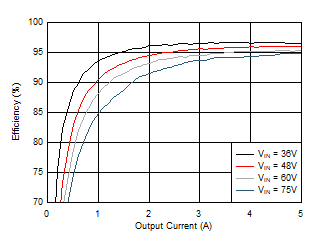ZHCSGB0B November 2017 – November 2020 LM5145
PRODUCTION DATA
- 1 特性
- 2 应用
- 3 说明
- 4 Revision History
- 5 Description (continued)
- 6 Pin Configuration and Functions
- 7 Specifications
-
8 Detailed Description
- 8.1 Overview
- 8.2 Functional Block Diagram
- 8.3
Feature Description
- 8.3.1 Input Range (VIN)
- 8.3.2 Output Voltage Setpoint and Accuracy (FB)
- 8.3.3 High-Voltage Bias Supply Regulator (VCC)
- 8.3.4 Precision Enable (EN/UVLO)
- 8.3.5 Power Good Monitor (PGOOD)
- 8.3.6 Switching Frequency (RT, SYNCIN)
- 8.3.7 Configurable Soft Start (SS/TRK)
- 8.3.8 Voltage-Mode Control (COMP)
- 8.3.9 Gate Drivers (LO, HO)
- 8.3.10 Current Sensing and Overcurrent Protection (ILIM)
- 8.3.11 OCP Duty Cycle Limiter
- 8.4 Device Functional Modes
-
9 Application and Implementation
- 9.1 Application Information
- 9.2
Typical Applications
- 9.2.1 Design 1 – 20-A High-Efficiency Synchronous Buck Regulator for Telecom Power Applications
- 9.2.2 Design 2 – High Density, 12-V, 10-A Rail With LDO Low-Noise Auxiliary Output for RF Power Applications
- 9.2.3 Design 3 – 150-W, Regulated 24-V Rail for Commercial Drone Applications With Output Voltage Tracking Feature
- 9.2.4 Design 4 – Powering a Multicore DSP From a 24-V or 48-V Rail
- 10Power Supply Recommendations
- 11Layout
- 12Device and Documentation Support
- 13Mechanical, Packaging, and Orderable Information
7.7 Typical Characteristics
VVIN = 48 V, RRT = 25 kΩ, SYNCIN tied to VCC, EN/UVLO tied to VIN (unless otherwise noted).
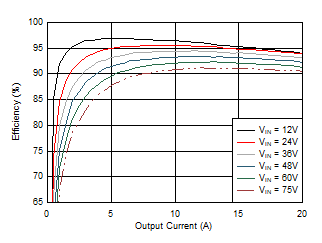
| VOUT = 5 V | VSYNCIN = VVCC | FSW = 230 kHz |
| See Figure 9-5 | RRT = 43.2 kΩ |
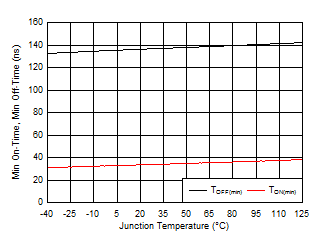
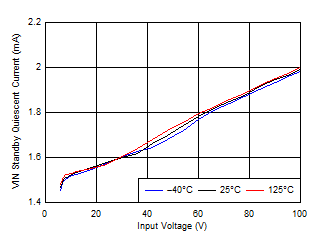
| VSW = 0 V | VEN/UVLO = 1 V |
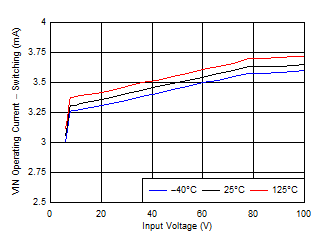
| VSW = 0 V | HO, LO Open |
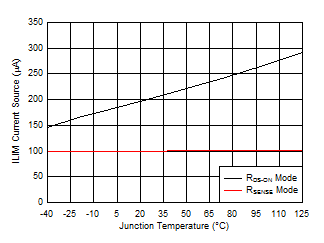
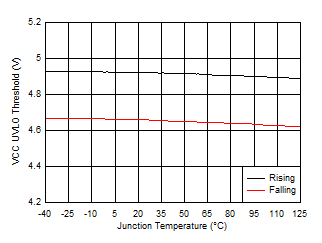 Figure 7-15 VCC UVLO Thresholds vs Junction Temperature
Figure 7-15 VCC UVLO Thresholds vs Junction Temperature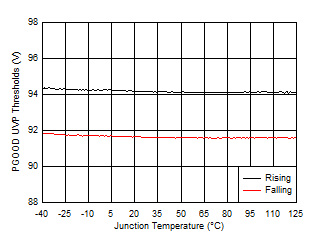 Figure 7-17 PGOOD UVP Thresholds vs Junction Temperature
Figure 7-17 PGOOD UVP Thresholds vs Junction Temperature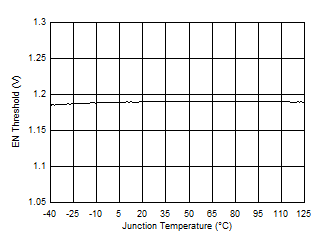 Figure 7-19 EN/UVLO Threshold vs Junction Temperature
Figure 7-19 EN/UVLO Threshold vs Junction Temperature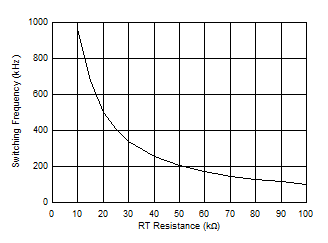
| VSW = 0 V |
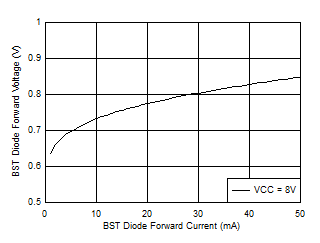 Figure 7-23 BST Diode Forward Voltage vs Current
Figure 7-23 BST Diode Forward Voltage vs Current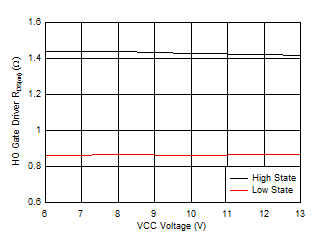 Figure 7-25 HO Driver Resistance vs VCC Voltage
Figure 7-25 HO Driver Resistance vs VCC Voltage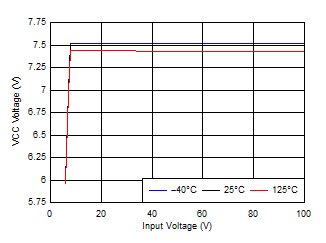
| VSS/TRK = 0 V |
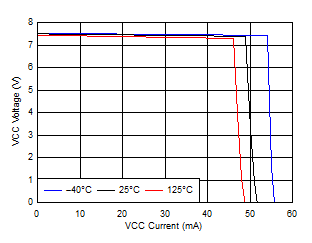
| VIN = 12 V |
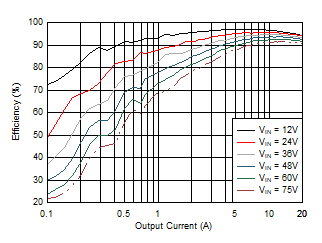
| VOUT = 5 V | VSYNCIN = 0 V | FSW = 230 kHz |
| See Figure 9-5 | RRT = 43.2 kΩ |
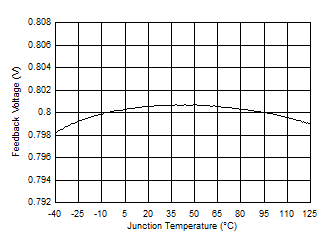
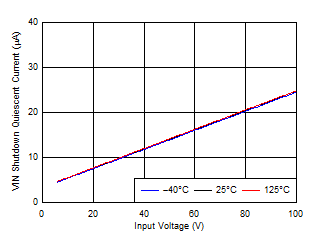
| VSW = 0 V | VEN/UVLO = 0 V |
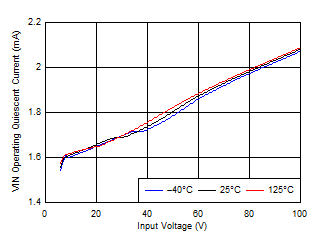
| VSW = 0 V | VEN/UVLO = VVIN | VSS/TRK = 0 V |
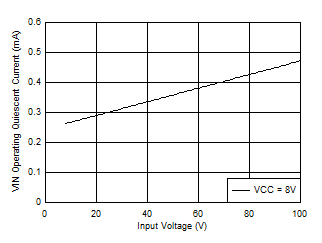
| VSW = 0 V | VVCC = VBST = VILIM | VFB = 0 V |
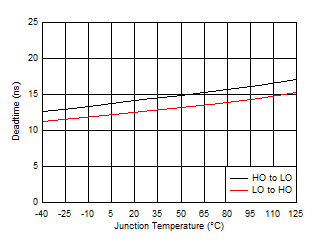
| VSW = 0 V |
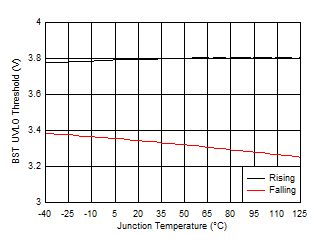 Figure 7-16 BST UVLO Thresholds vs Junction Temperature
Figure 7-16 BST UVLO Thresholds vs Junction Temperature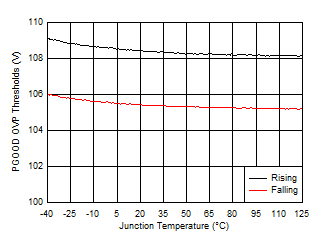 Figure 7-18 PGOOD OVP Thresholds vs Junction Temperature
Figure 7-18 PGOOD OVP Thresholds vs Junction Temperature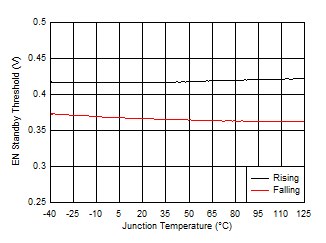 Figure 7-20 EN Standby Thresholds vs Junction Temperature
Figure 7-20 EN Standby Thresholds vs Junction Temperature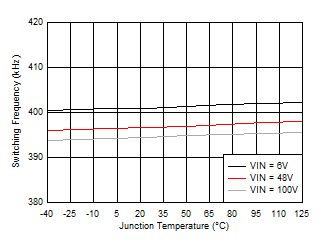
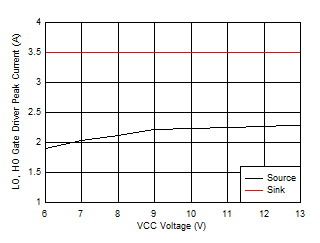 Figure 7-24 Gate Driver Peak Current vs VCC Voltage
Figure 7-24 Gate Driver Peak Current vs VCC Voltage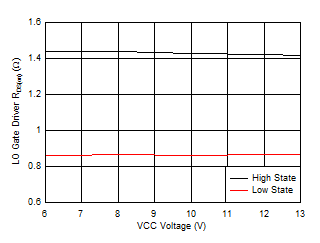 Figure 7-26 LO Driver Resistance vs VCC Voltage
Figure 7-26 LO Driver Resistance vs VCC Voltage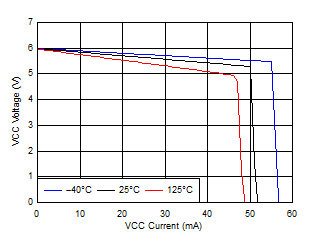
| VIN = 6 V |
